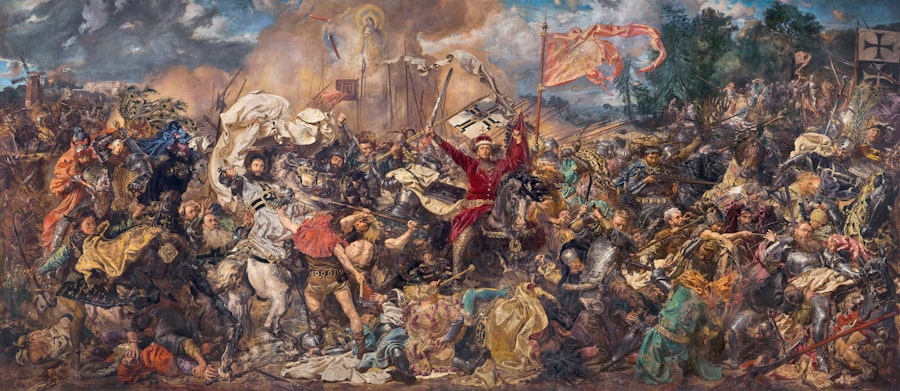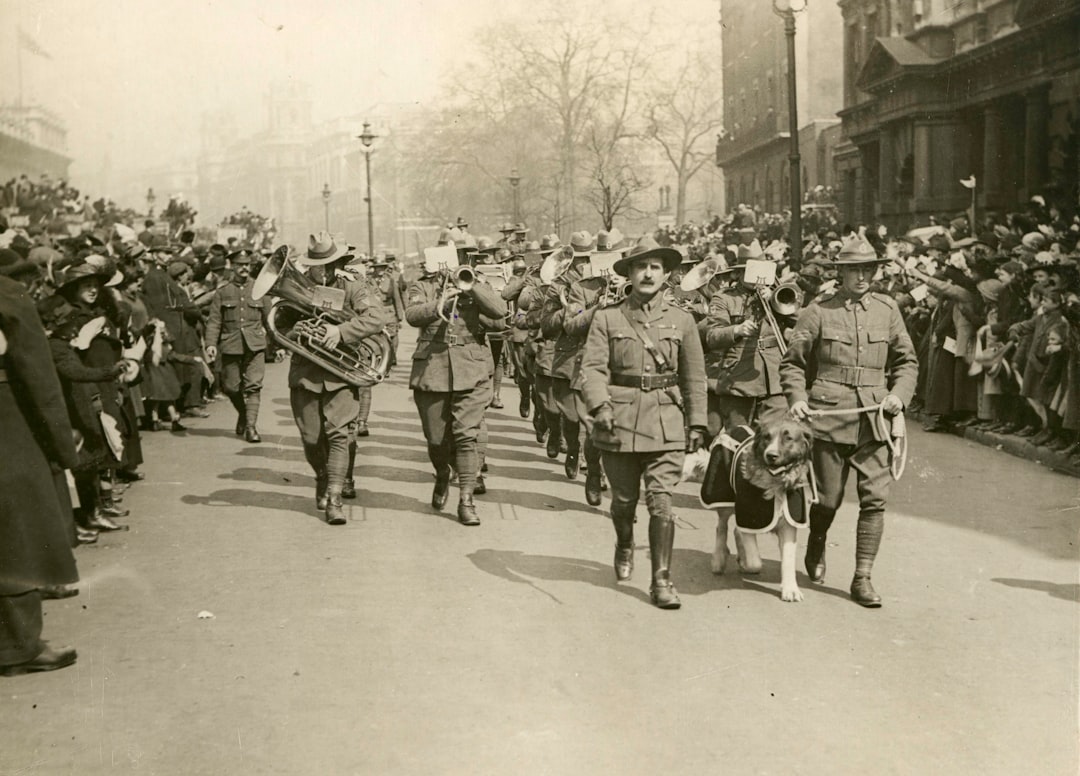The concept of kaiju fights emerged from a unique blend of cultural influences, technological advancements, and the post-war sentiments of Japan. In the aftermath of World War II, the nation was grappling with the scars of conflict and the devastation wrought by nuclear weapons. It was during this tumultuous period that filmmakers began to explore themes of destruction and resilience through the lens of giant monsters.
The first kaiju film, “Godzilla” (1954), introduced audiences to a creature born from the very horrors that plagued their reality. This film not only marked the birth of kaiju fights but also set the stage for a genre that would captivate audiences for decades. As you delve into the world of kaiju, you’ll find that these colossal beings symbolize more than just physical battles; they represent humanity’s struggle against its own creations.
The original Godzilla was a metaphor for nuclear devastation, embodying the fears and anxieties of a society trying to rebuild itself. The film’s success sparked a wave of creativity, leading to a series of sequels and spin-offs that would further develop the concept of kaiju fights. Each new monster introduced added layers to the narrative, allowing filmmakers to explore various themes such as environmentalism, industrialization, and the consequences of human hubris.
Key Takeaways
- Kaiju fights originated in Japanese cinema as a subgenre of monster movies, featuring giant creatures battling each other in destructive showdowns.
- The return of Godzilla in the 1954 film marked the beginning of the iconic kaiju franchise, captivating audiences with its unique blend of science fiction and monster action.
- Anguirus was introduced as Godzilla’s first opponent in the 1955 film, “Godzilla Raids Again,” setting the stage for epic kaiju battles to come.
- “Godzilla Raids Again” had a significant impact on the kaiju genre, establishing the formula of giant monsters battling in urban environments and laying the groundwork for future films.
- Kaiju fights have evolved over the years, incorporating advanced special effects and storytelling techniques to create larger-than-life spectacles for audiences worldwide.
The Return of Godzilla
After a brief hiatus, Godzilla made a triumphant return in 1984 with “The Return of Godzilla.” This film marked a significant shift in the portrayal of the iconic monster. Gone were the campy elements that characterized some of the earlier films; instead, Godzilla was reimagined as a serious threat, reflecting contemporary fears about nuclear power and its potential for destruction. This return to form resonated with audiences, reigniting interest in kaiju films and paving the way for a new era of monster battles.
In this revival, Godzilla was not merely a mindless beast; he became a complex character with motivations that mirrored societal concerns. The film’s narrative explored themes of responsibility and the consequences of scientific advancement, prompting viewers to reflect on their own relationship with technology. As you watch Godzilla rise from the depths once more, you can sense the weight of history behind him—a creature that embodies both destruction and the possibility of redemption.
Introducing Anguirus

With the resurgence of Godzilla came the introduction of new monsters, one of which was Anguirus. First appearing in “Godzilla Raids Again” (1955), Anguirus quickly became a fan favorite due to his unique design and fierce loyalty to Godzilla. Unlike other kaiju, Anguirus was characterized by his spiky armor and quadrupedal stance, setting him apart in the pantheon of giant monsters.
His introduction added depth to the kaiju universe, showcasing not only adversaries but also allies in Godzilla’s world. As you explore Anguirus’s role in kaiju fights, you’ll notice that he often serves as a foil to Godzilla. While Godzilla embodies raw power and destruction, Anguirus represents resilience and determination.
Their battles are not just physical confrontations; they symbolize the struggle between brute force and unwavering spirit. This dynamic adds an emotional layer to their encounters, making each fight more than just a spectacle—it becomes a narrative about friendship, loyalty, and survival in a world filled with chaos.
The Impact of Godzilla Raids Again
| Metrics | Value |
|---|---|
| Release Date | April 24, 1955 |
| Director | Motoyoshi Oda |
| Box Office | 1.1 million (est.) |
| IMDb Rating | 5.9/10 |
“Godzilla Raids Again” was pivotal in shaping the future of kaiju films. As the first sequel to the original “Godzilla,” it established a formula that would be replicated in countless films to come: giant monsters battling each other amidst urban destruction. This film introduced audiences to the concept of kaiju duels, where titanic creatures clashed in epic showdowns that captivated viewers’ imaginations.
The impact was immediate and profound, as it laid the groundwork for future installments in the franchise. The film also marked a shift in storytelling techniques within the genre. While earlier films focused heavily on human characters and their reactions to kaiju attacks, “Godzilla Raids Again” placed greater emphasis on the monsters themselves.
This change allowed for more dynamic action sequences and showcased the unique abilities of each creature. As you watch these battles unfold, you can appreciate how they reflect broader themes of conflict—both between monsters and within humanity itself—as society grapples with its own fears and aspirations.
The Evolution of Kaiju Fights
As time progressed, kaiju fights evolved significantly, both in terms of visual effects and narrative complexity. The introduction of advanced special effects technology allowed filmmakers to create more realistic and visually stunning battles. From practical effects in earlier films to CGI in modern iterations, each advancement has contributed to an ever-expanding universe where kaiju can engage in breathtaking confrontations.
You can see how these technological leaps have transformed the genre, making it more accessible and appealing to new generations of fans. Moreover, the narratives surrounding kaiju fights have become increasingly intricate. Filmmakers began to explore deeper themes such as environmentalism, corporate greed, and even existentialism through their stories.
As you engage with these films, you’ll notice how they reflect contemporary societal issues while still delivering thrilling monster battles. This evolution has allowed kaiju fights to remain relevant in popular culture, ensuring that they continue to resonate with audiences around the world.
The Cultural Significance of Kaiju Fights

Kaiju fights hold significant cultural importance beyond mere entertainment; they serve as a reflection of societal fears and aspirations. In Japan, these films often address themes related to nature versus technology, highlighting humanity’s struggle to coexist with its environment. As you watch these colossal creatures wreak havoc on cities, consider how they symbolize humanity’s own destructive tendencies and the consequences that follow.
Furthermore, kaiju films have transcended national boundaries, influencing global cinema and pop culture. The universal appeal of giant monsters has led to collaborations between filmmakers from different countries, resulting in cross-cultural exchanges that enrich the genre. As you explore this cultural significance, you’ll find that kaiju fights are not just about monsters battling; they are about shared human experiences and collective anxieties that resonate across borders.
The Influence of Godzilla Raids Again on Pop Culture
The impact of “Godzilla Raids Again” extends far beyond its immediate release; it has left an indelible mark on pop culture as a whole. The film popularized the concept of giant monster battles, inspiring countless parodies, homages, and adaptations across various media. From animated series to video games, you can see how this film has influenced creators worldwide, leading to an explosion of kaiju-related content that continues to thrive today.
Moreover, “Godzilla Raids Again” helped establish conventions within the genre that are still prevalent in modern filmmaking. The idea of monster teams or rivalries became a staple in subsequent films, creating a rich tapestry of narratives that fans eagerly consume. As you engage with contemporary kaiju media, you’ll recognize echoes of this classic film—reminders of its lasting legacy and its role in shaping the landscape of monster cinema.
The Legacy of Kaiju Fights
The legacy of kaiju fights is one marked by innovation, cultural significance, and an enduring fascination with giant monsters. As you reflect on this genre’s evolution from its humble beginnings to its current status as a global phenomenon, it’s clear that kaiju fights have become more than just cinematic spectacles; they are cultural touchstones that resonate with audiences across generations. Today, kaiju films continue to evolve while remaining rooted in their origins.
New stories are being told that challenge traditional narratives and explore fresh themes relevant to contemporary society. As you immerse yourself in this world, remember that each roar and clash carries with it a history—a testament to humanity’s ongoing struggle with its own creations and an exploration of what it means to coexist with forces greater than ourselves. The legacy of kaiju fights is not just about monsters; it’s about us—our fears, our hopes, and our relentless pursuit of understanding in an ever-changing world.
